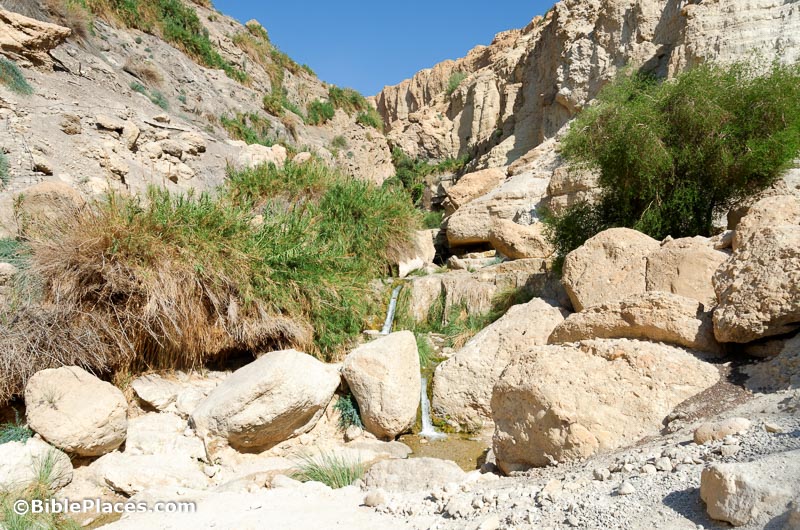“The rare ancient tomb of a wealthy Minoan woman has been discovered at a monumental archaeological complex on the Greek island of Crete.”
“Archaeologists have revealed the face of an Egyptian princess who lived almost 4,000 years ago by painstakingly piecing together the wooden shards of her sarcophagus.”
A study of legal texts from Susa reveals how elderly parents ensured that their children took care of them.
“A replica Phoenician vessel made in Syria is sailing the Atlantic to prove the ancient civilisation did it 2,000 years before Columbus.”
The Biblical Archaeology Society has announced their 2019 Publication Awards Winners.
A review of a new work from Oxford: Peter Mitchell, The Donkey in Human History: An Archaeological Perspective.
“Persepolis, Then & Now” is the title of a conference at NYU on November 21.
The latest issue of Biblical Archaeology Review includes articles on the Assyrian relief at Sela, the search for portraits of Herod, and hiking in Paul’s footsteps.
Bible Land Passages has just released a new video, “Go Now to Shiloh.” Here’s what you’ll see:
This full-length documentary complete with on-site interviews, a behind the scenes look at the process of archaeology, analysis of the newest and most exciting discoveries to date, reenactments, computer generated graphics and illustrations, and numerous biblical connections and faith building lessons.
Appian Media has launched its ‘inRoads’ podcast, and they have made it available via Apple Podcasts, Google Podcasts, Spotify, Stitcher, as well as video versions on Facebook and YouTube. If you sign up to be a supporter this month, you get a beautiful free coffee mug.
The Biblical Archaeology Society is having an inventory clearance sale on Carta and IES books, with the best prices on some items I’ve seen. Some examples, all of which I recommend:
- Leen Ritmeyer, The Quest ($30)
- Carta’s Illustrated Josephus ($30)
- The Carta Bible Atlas ($25)
- Jerusalem: Biblical Archaeology Map ($9)
- New Encyclopedia of Archaeological Excavations in the Holy Land, 4 vols. ($100)
There’s still time to catch the second of the two-day Oriental Institute Indiana Jones Film Festival.
Carl Rasmussen has begun a series on hippodromes/circuses, with part 1 and part 2 of what happened there, featuring some beautiful photos of a splendid ancient mosaic in France.
Ferrell’s Favorite Foto this week is of the Siq and Treasury at Petra.
What do we know about Pontius Pilate from archaeology? Bryan Windle pulls it all together in the latest entry in his Archaeological Biography series.
HT: Agade, Keith Keyser
